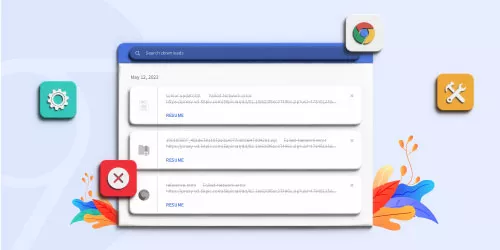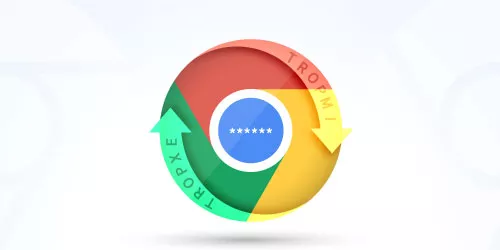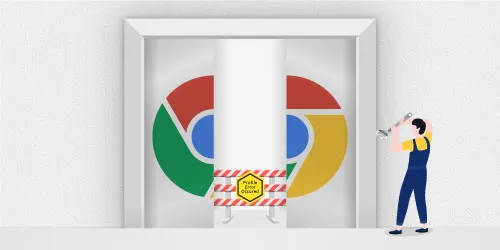Error Fix: "Your connection is not private" in Google Chrome
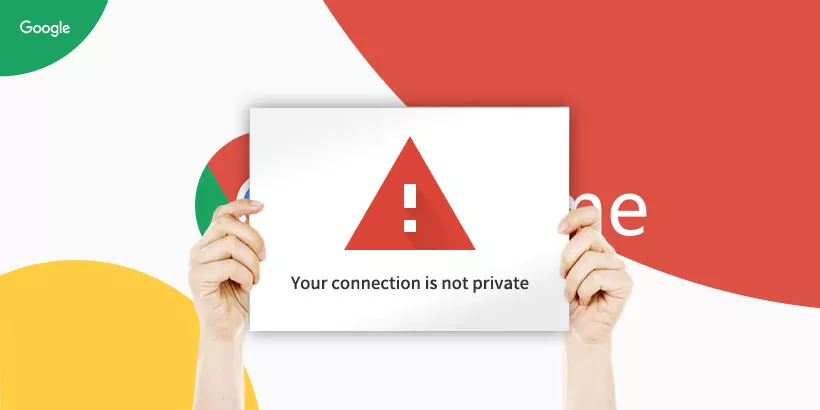
It is vital to ensure that the websites you visit are secure. When you open Google Chrome, if the error message "Your connection is not private" appears, it may put your online information at risk. To keep you safe online, below I will explain the cause of the "Your connection is not private" error and how to fix it.
- Part 1: Why does the error "Your connection is not private" appear?
- Part 2: How to fix the "Your connection is not private" error in Google Chrome?
- Fix 1: Reload the page
- Fix 2: Clear browsing history and data
- Fix 3: Confirm whether the date and time are correct
- Fix 4: Change DNS settings
- Fix 5: Clear SSL Certificate Cache
- Fix 6: Avoid incognito mode
- Fix 7: Run the Network Troubleshooter
- Fix 8: Enable invalid certificates from localhost
- Fix 9: Restart your PC
- Final Word
Part 1: Why does the error "Your connection is not private" appear?
There are many possible causes for this problem. Like proxy settings, outdated anti-virus software, incorrect time and date, etc. In addition, when your Google Chrome cannot verify the SSL certificate issued by a website, a "Your connection is not private" error will appear on websites that use the SSL/HTTPS protocol. If the browser cannot verify the certificate, it will not be able to transfer data securely and will display an error message indicating that your connection to the site is not private.
Part 2: How to fix the "Your connection is not private" error in Google Chrome?
Fix 1: Reload the page
We can try the open and close method. First, close the browser application, then reopen it. If you can still see this error, please try reloading the page. Use Command + R keyboard shortcut on Mac and Ctrl + R button on Windows. This will force the browser to ignore the cached version of the page and load the latest version.
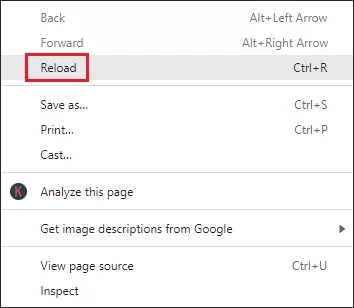
Fix 2: Clear browsing history and data
Step 1: Click on the three vertical dots in the top right corner of Google Chrome and select "Clear browsing data" in "More tools". You can also turn this option on with the shortcut Crtl+shift+Del in Google Chrome.
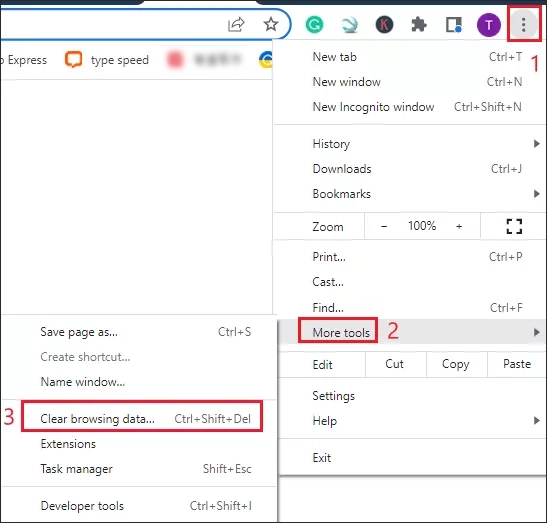
Step 2: Click the "Clear data" option to clear browsing history and cache data.
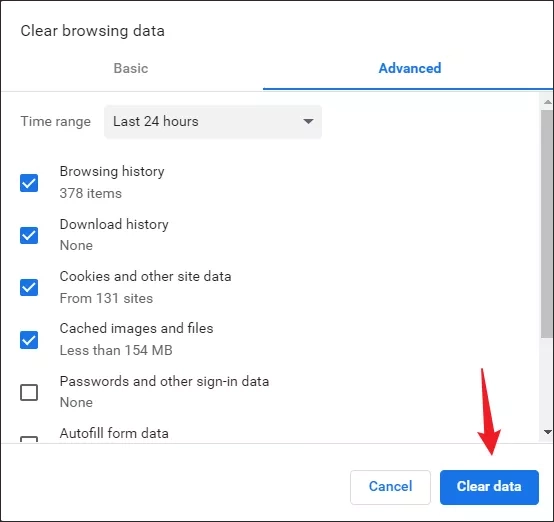
Fix 3: Confirm whether the date and time are correct
Step 1: Use WIN+I to open "Settings" and select "Time & Language" in it.
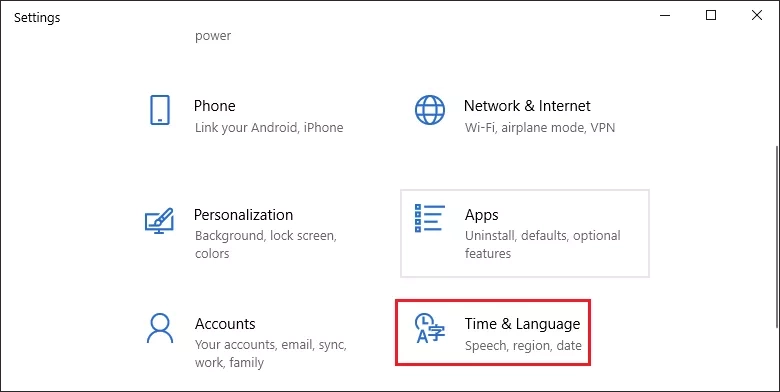
Step 2: In the "Date & time" option, check if the time corresponds to the current time. If the time is displayed incorrectly, first turn off the "Set time automatically" button, then click the "Change" button to set the date and time manually.

Step 3: Enter the current date and time and click "Change" to finish the settings.
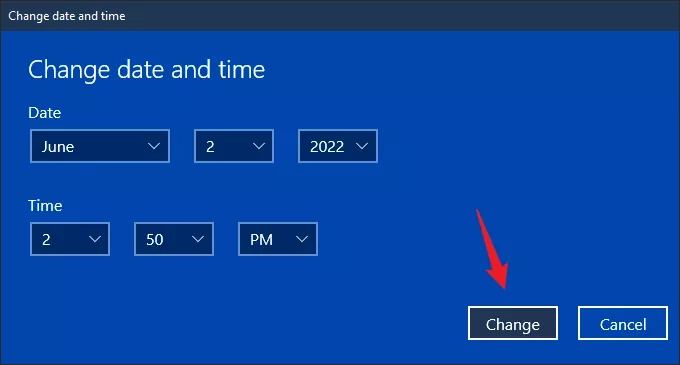
Fix 4: Change DNS settings
Step 1: Use the shortcut WIN+Q to search for "Control Panel" in the search bar and open it, select the viewing method as "Small or large icons", and then find and click on "Network and Sharing Center".
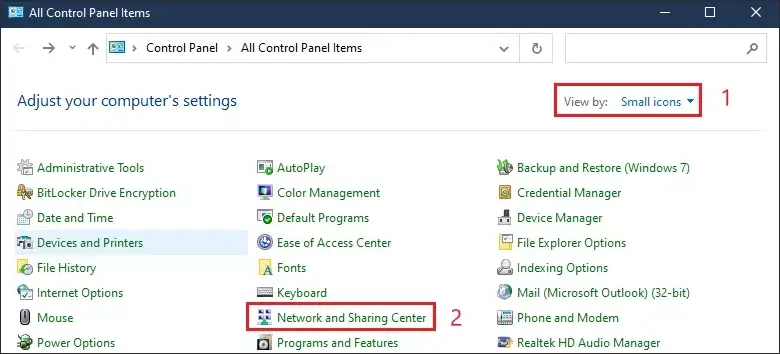
Step 2: In the left window select the "Change adapter settings" option.

Step 3: Right-click on your network and select "Properties" from the list.
.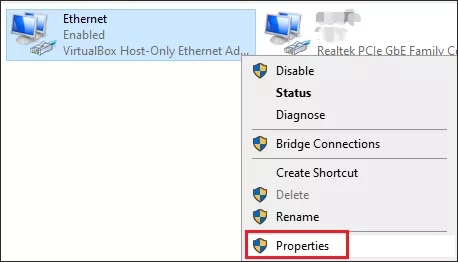
Step 4: Select "Internet Protocol version 4 (TCP/IPv4)" and click "Properties".
Step 5: Check the box "Use the following DNS server addresses", enter the following DNS server addresses (Google's public DNS servers). Click "OK" to save the change.
Preferred DNS server: 8.8.8.8Alternate DNS server: 8.8.4.4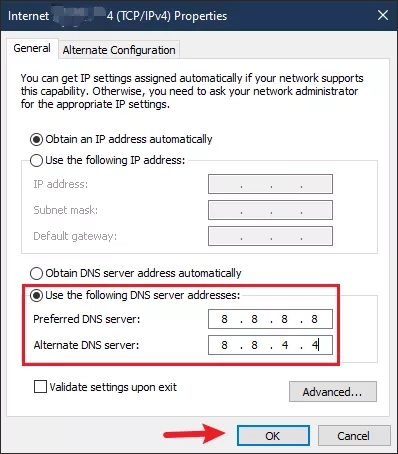
Step 6: Reboot your PC and check if this error is resolved.
Fix 5: Clear SSL Certificate Cache
Step 1: Press Windows + R to open the Run dialog box, then type "Inetcpl.cpl" and press Enter. this will open the Internet properties.
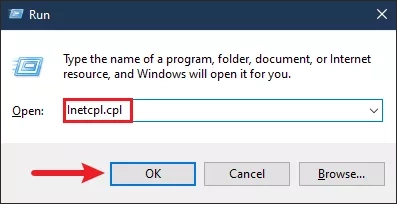
Step 2: Switch to the "Content" tab, click "Clear SSL state", and then click "OK". And finally restart your chrome.
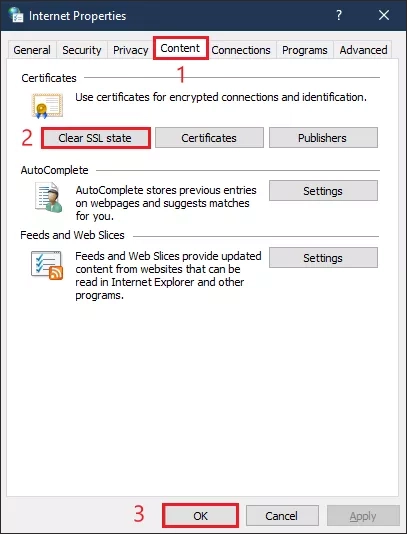
Fix 6: Avoid incognito mode
Users must avoid using incognito mode because it may cause connection interruptions between the server and the user. It is best advised to "close Incognito" mode unless it becomes a necessity.
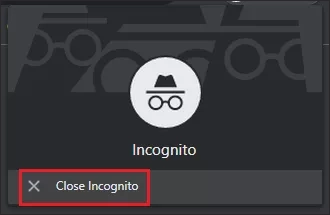
Fix 7: Run the Network Troubleshooter
Step 1: Use the shortcut key WIN+I to open the Windows Settings and select the "Network & Internet" option.
Step 2: In the right window slide to the bottom and select "Network troubleshooter", it will diagnose and fix network problems automatically.
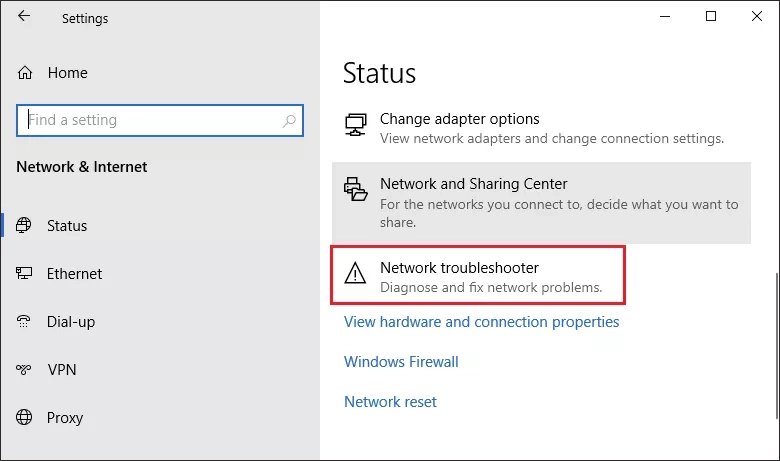
Fix 8: Enable invalid certificates from localhost
Step 1: Copy and paste the following URL into the Google Chrome address bar.
chrome://flags/Step 2: Search for "insecure" and you will see the option "Allow invalid certificates for resources loaded from localhost". Enable this option and then restart your browser.
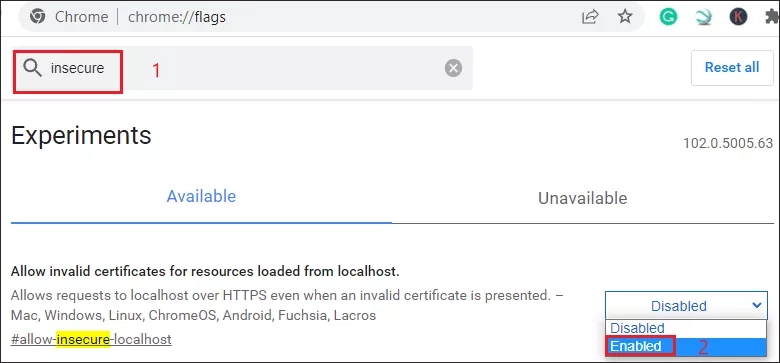
Fix 9: Restart your PC
If none of the above fixes work, try restarting your PC or your router. We realize that many of you may have hundreds of tabs or applications open, which is why we have made this one of the last options. Rebooting the PC clears a lot of the temporary cache.
Final Word
Browser errors can be annoying and sometimes difficult to troubleshoot. Hopefully, the fixes above will help you resolve the "Your connection is not private" error as soon as possible. These are usually caused by a misconfiguration on your own PC or by a certificate on the website itself.


